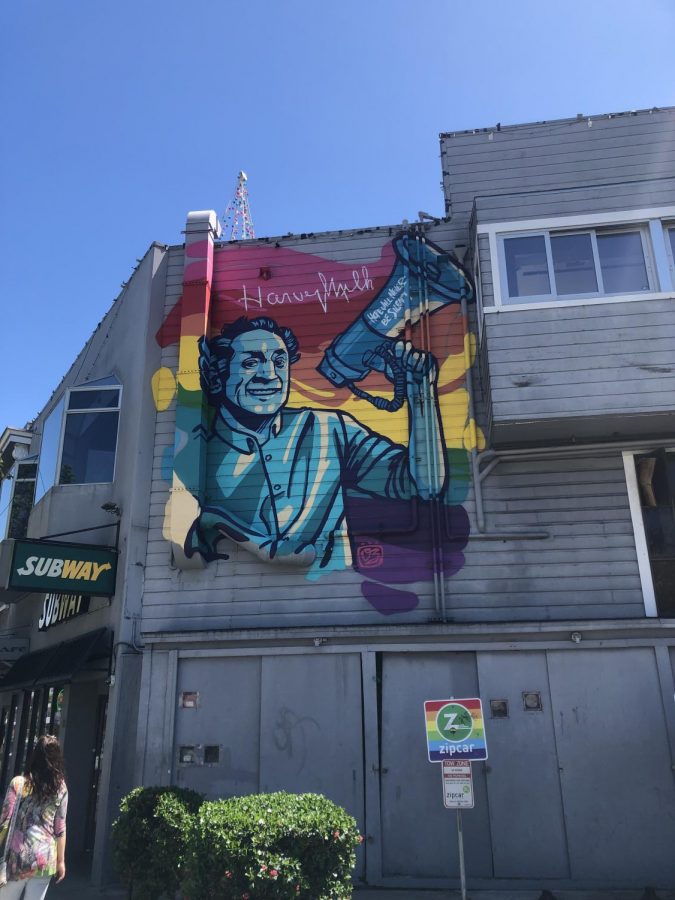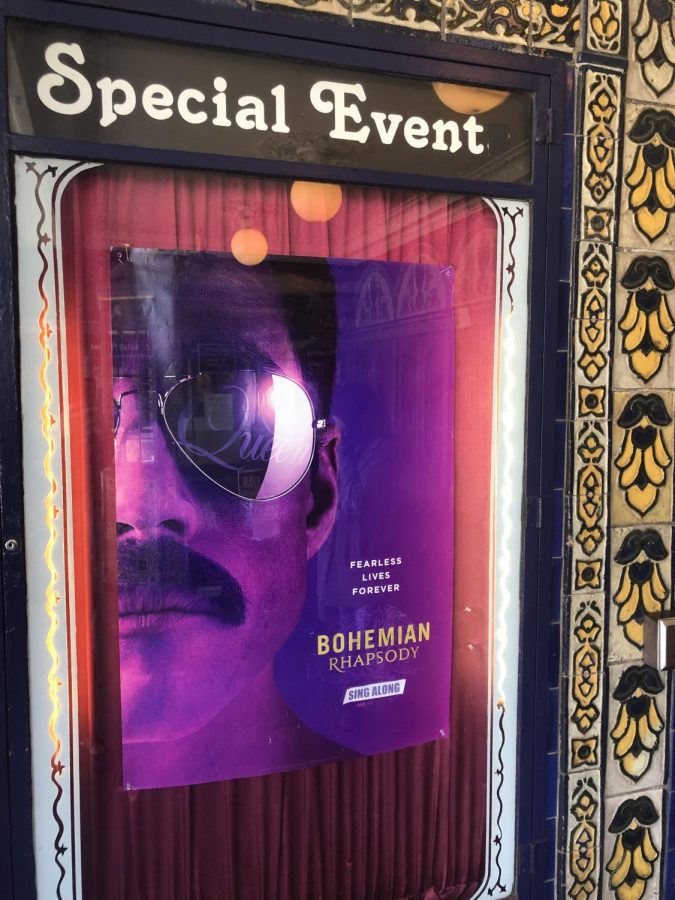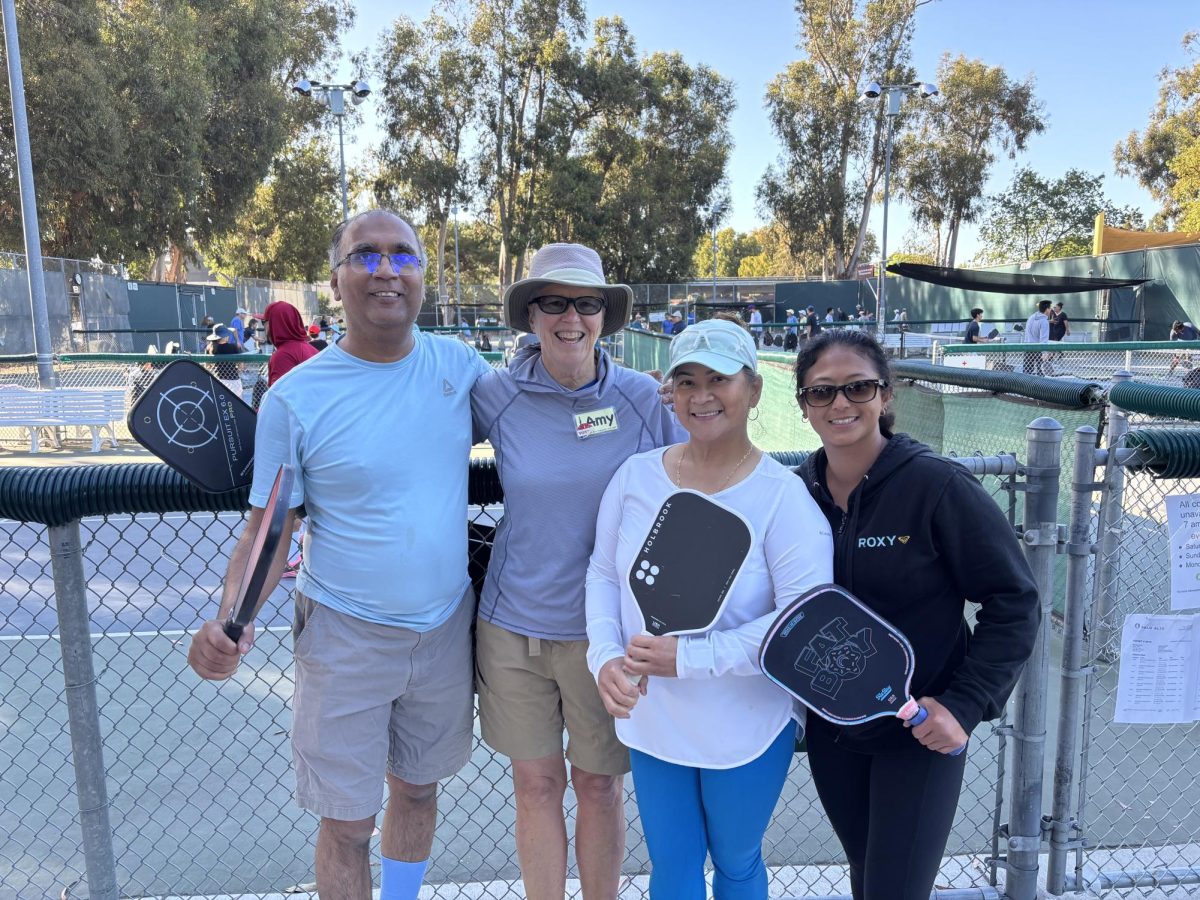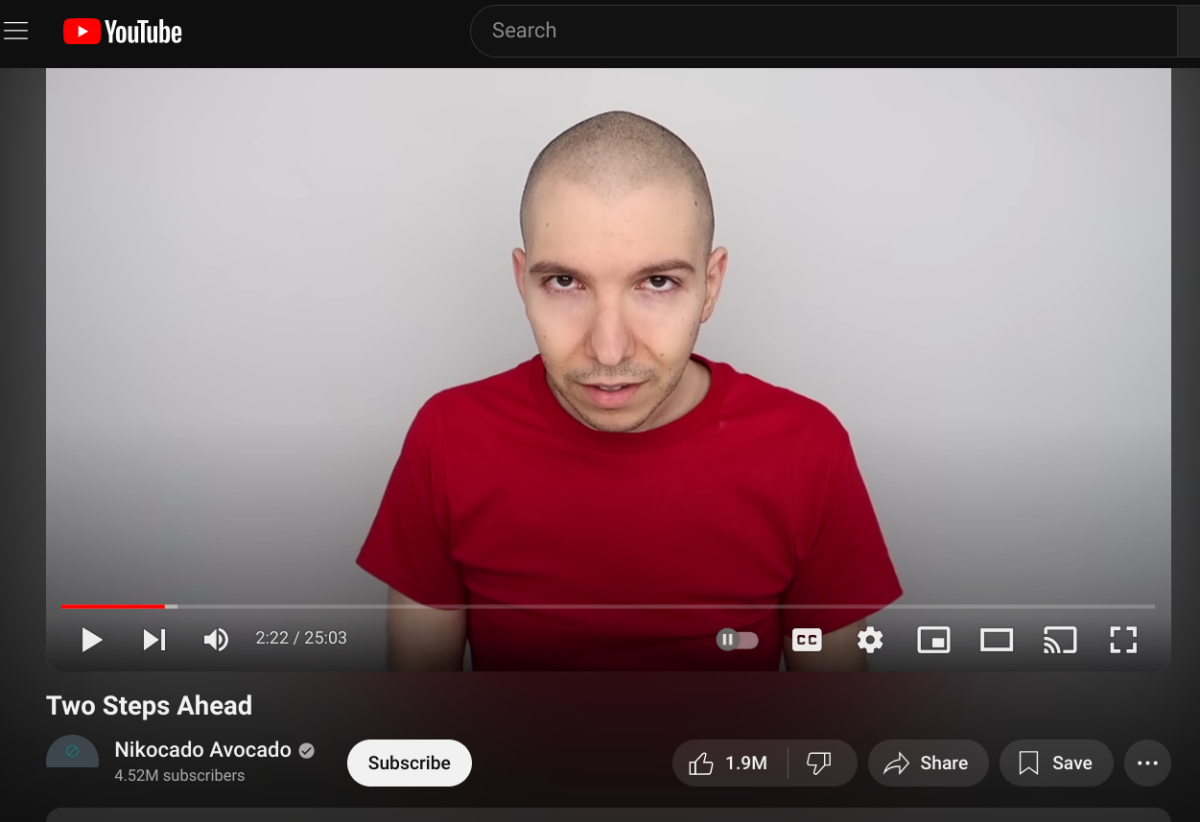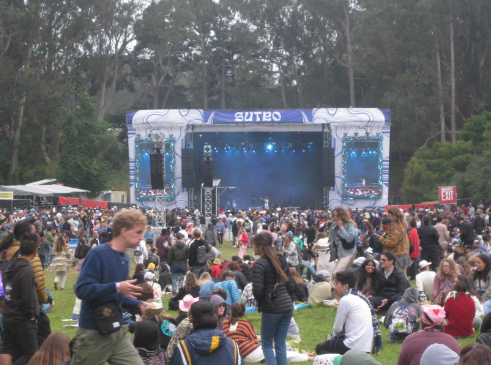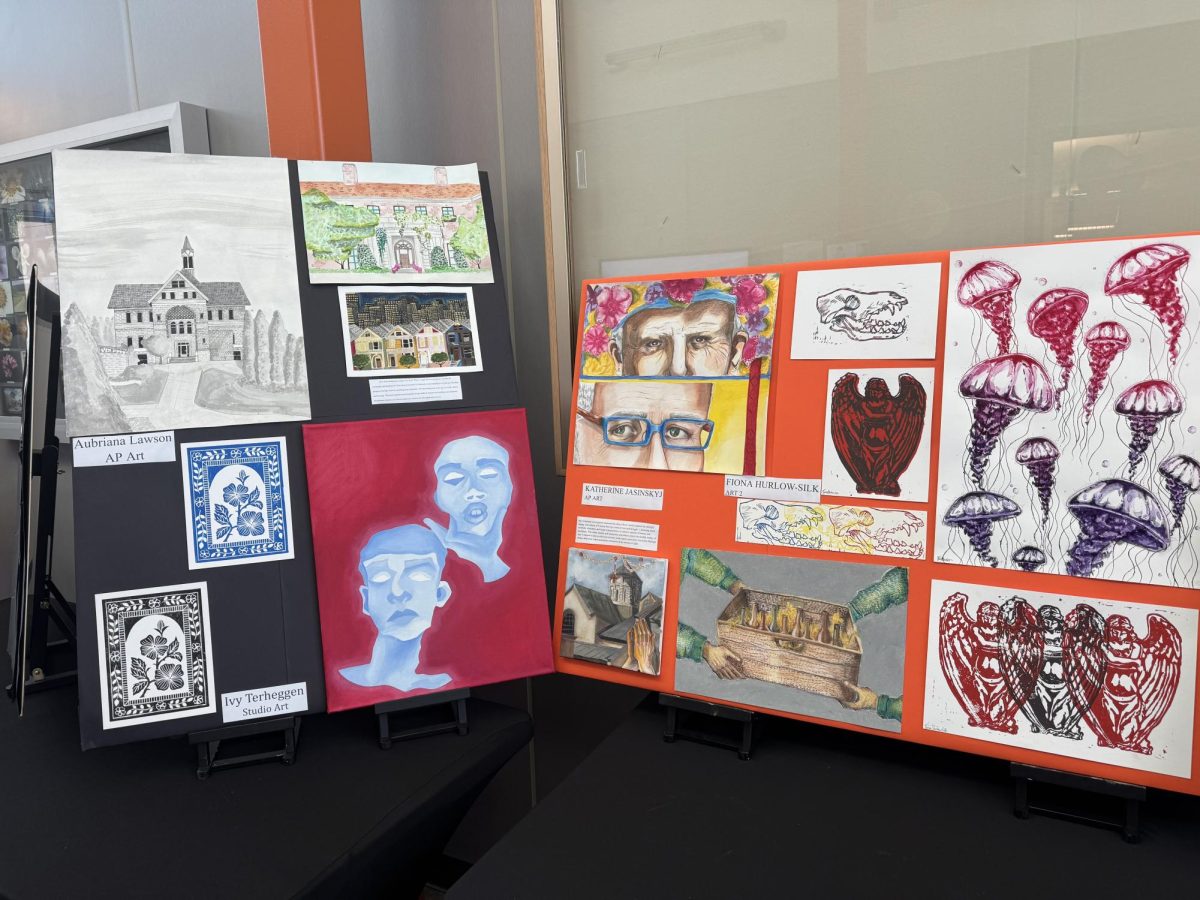A study by GLAAD reports that roughly 12.8 percent of characters in media are LGBT+. Fewer than half of them aren’t stereotypes and cliches. Not just who is represented on TV but also how they are represented matters, and when it comes to the queer community, we have a long way to go.
There are many stereotypes about queer people that are still very persistent. For example, I’m bisexual and people with that label are often called “slut,” “whore” or “unfaithful.” Society’s bedrock view of heteronormalcy doesn’t help. Whether Hollywood promotes these views or perceptions stem from across the pond, heteronormalcy promotes judgment rather than understanding.
Here at home, Jeremy Quach, a teacher at Woodside, reacts to outdated and toxic definitions of family. “I’ve noticed a lot of heteronormativity in the world,” Quach noted. “I have the privilege of seeing relationships like my own on TV, in books, in movies, etc, and I know that LGBT people do have this privilege nearly as often. I think the number of gay characters on screen is incredibly important. Youth who are questioning their sexual identity need to see that what they are going through is okay and normal, that there are others like them, that there are many kinds of loving.”
While this mindset comes out of an old idea about holding up the family unit, it’s outdated and toxic. Jac Nunns, a producer and director of award winning short films living in the UK, was asked if her existence feels trivialized to her.
“Yes, all the time,” Nunns replied. “Gay men [were] effeminate, mincing characters or leather wearing deviants, [and] the stereotypes were so strong that Freddy Mercury was hidden in the media as gay despite his group being called Queen. Lesbians and others were almost completely absent all my life. Things were so hidden but looking back you can easily understand the subtext once you are in the know. The problem is essentially that the media is run by straight white men, and they produce what they enjoy.”
Nunns talks about queerbaiting, the practice of leading the audience into a homoerotic relationship without there being any real substance to it. “Madonna was one of the first to majorly exploit that, but go back to David Bowie and the whole glitter rock scene of the 70’s and there was one ambiguous character in every mainstream group,” Nunns reflected. “I think anything that helps bring our minority’s stories to the screen is fine by me, and I’d prefer if they don’t always kill off the lesbians.”
One of the few gay characters I’ve seen is Thomas Barrow from Downton Abbey, who is played by Rob James-Collier. While he’s an occasionally vile character, he lives in a time period in which homosexuality was a crime that could put you behind bars. He resorts to blackmail and is forced to hide his sexuality. During the course of the six seasons of the show we see him suffer oppression and also try conversion therapy. While those two things are nasty, we also see his humanity, and we grow to pity him and wish for him happiness.
“Yes, but only if they are correctly portrayed,” Gigi Pistilli a student at Woodside and a member of gender sexuality alliance says when asked if LGBT+ characters should be represented in media. “It’s not right for producers and directors to create gay characters only for them to be flat, cliched characters. We need more characters like Thomas Barrow, the gay, evil under butler from Yorkshire.”
“Imagine writing a story about a detective solving crimes—making them gay has no more impact on the plot than it would making them straight. So why not make them gay? Why not provide representation?” Jeremy Quach, a teacher at Woodside, says. A person’s sexuality and pronouns do not define them, so why should it be the only relevant part of a character’s identity or the joke for everyone to laugh at? At the end of the day we are all human, and love is love. Producers and writers need to be better. Times are changing, and if they wish to stay relatable and up to date, they must change with us.


